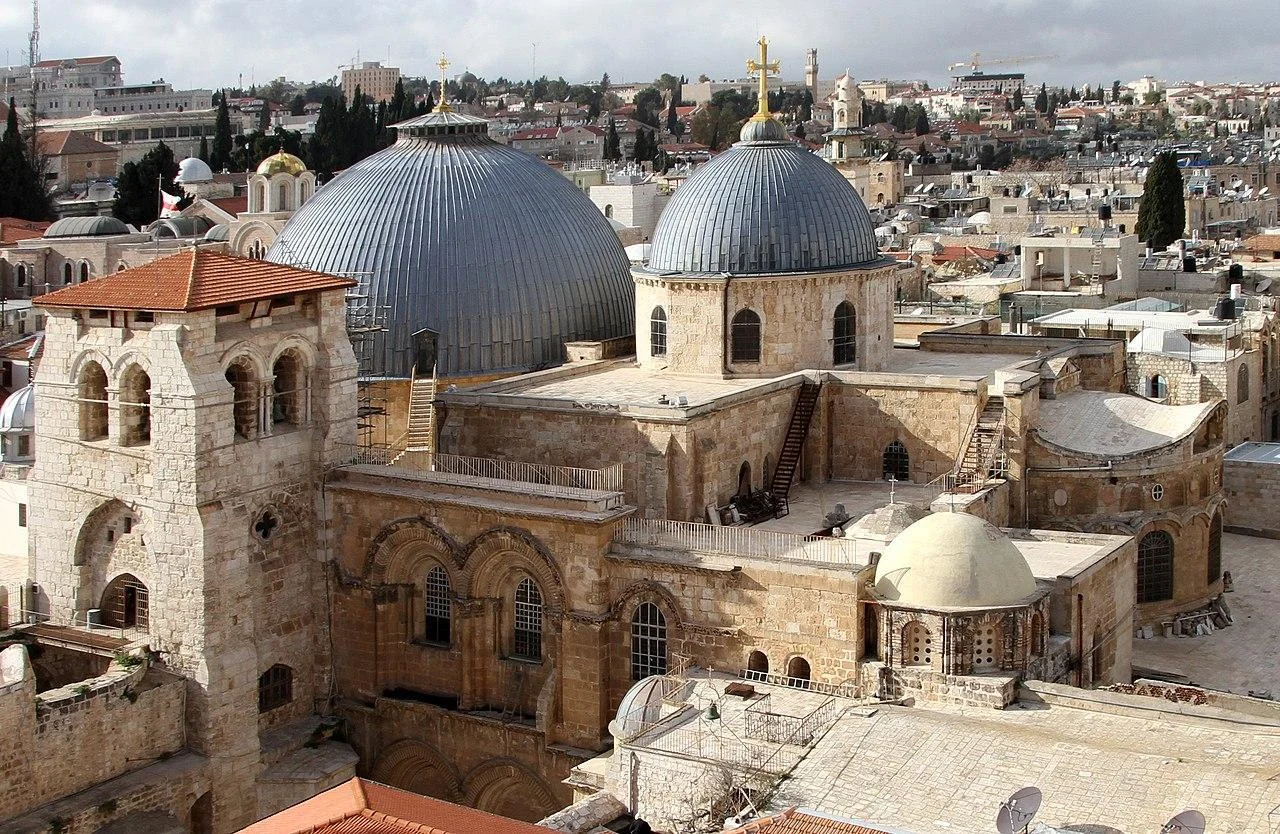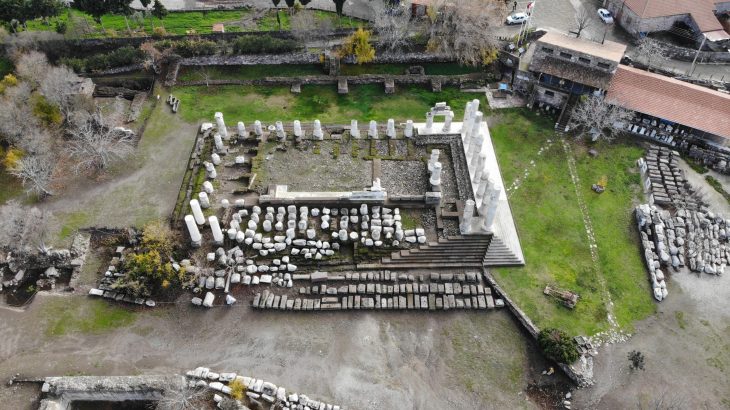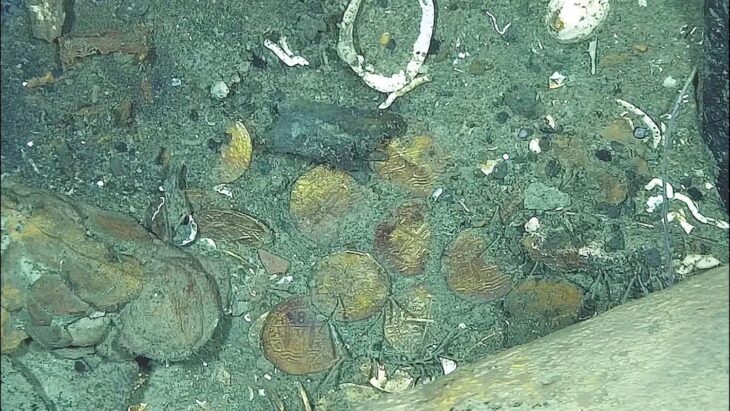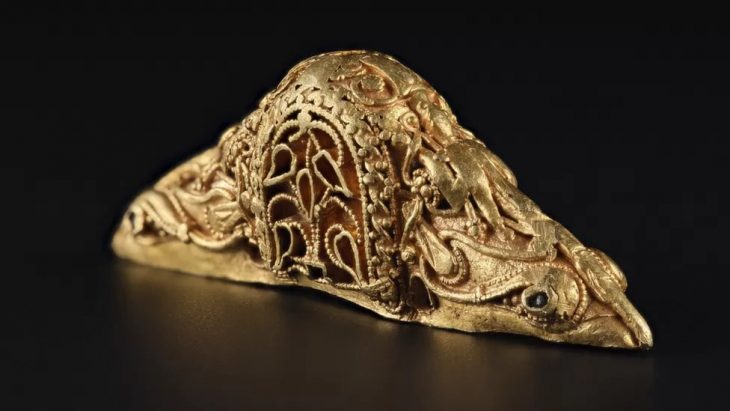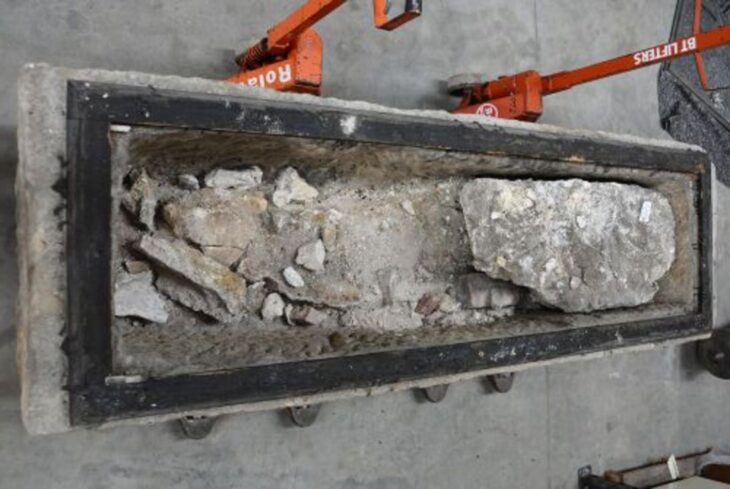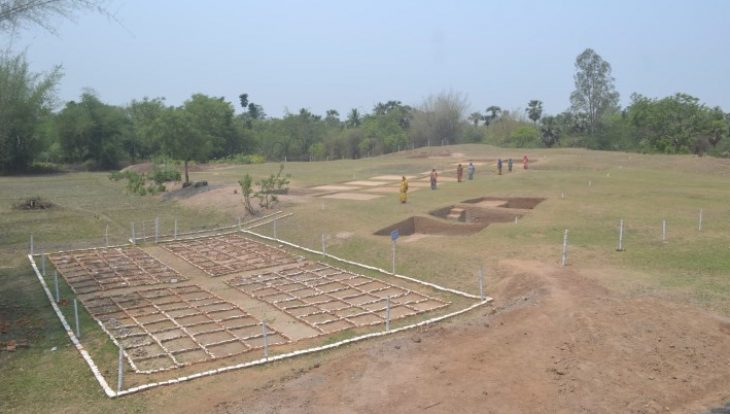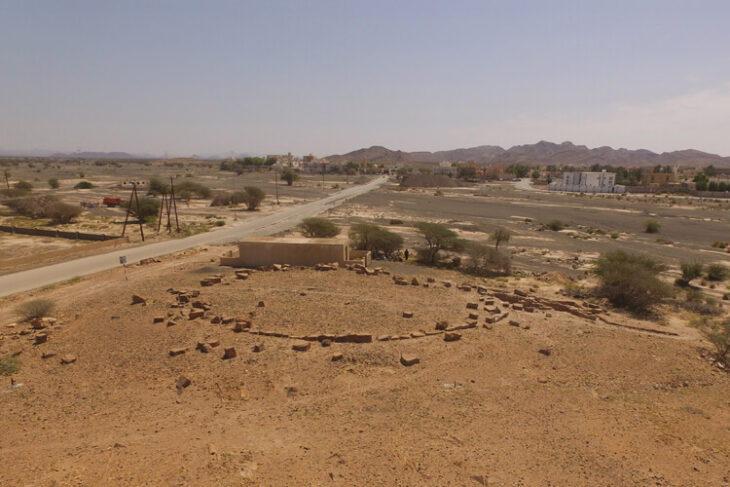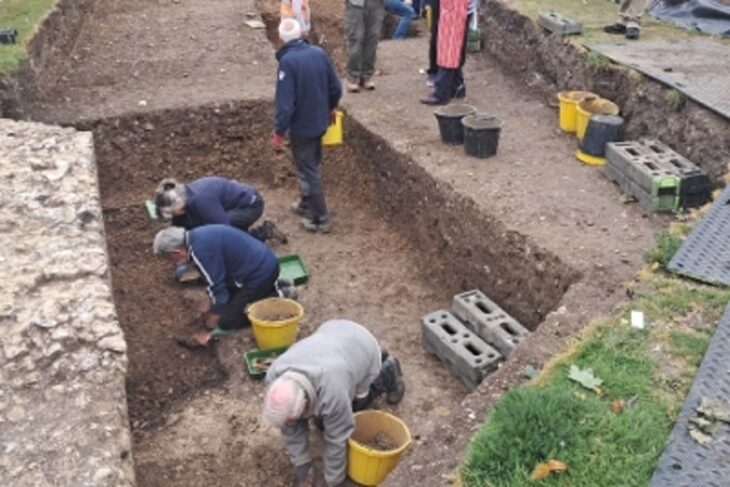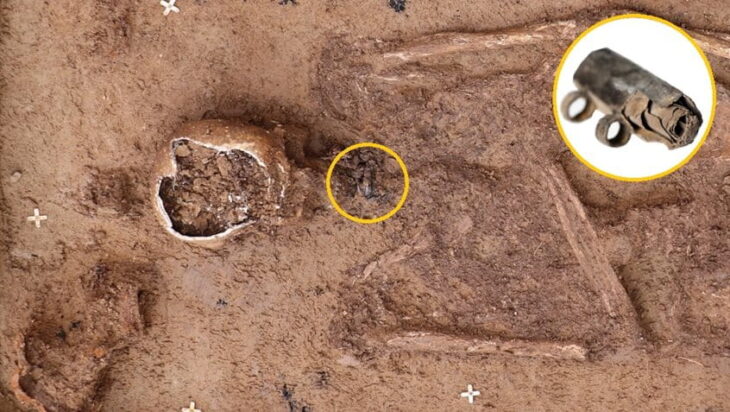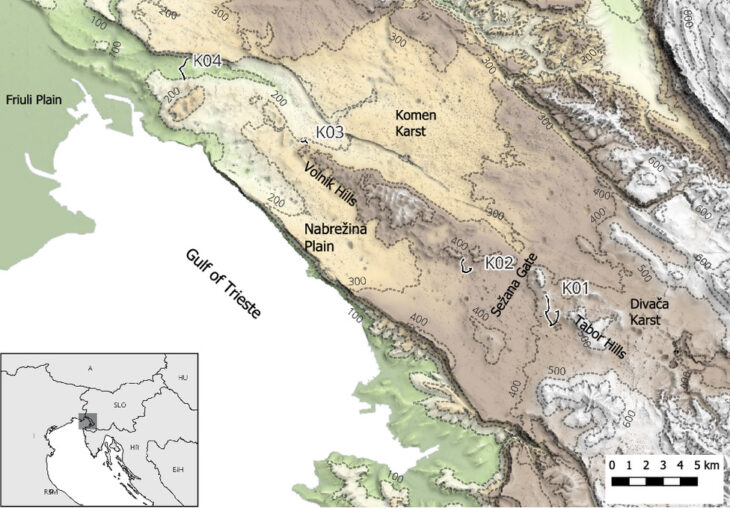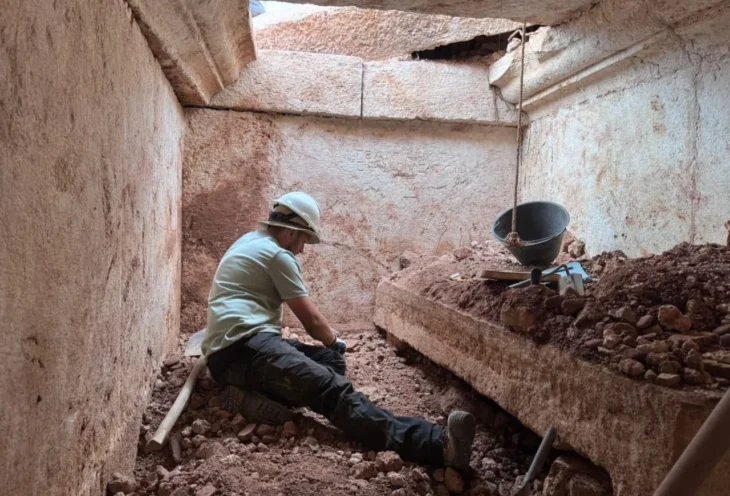A significant archaeological excavation nearing its conclusion at the Church of the Holy Sepulchre in Jerusalem’s Old City has yielded remarkable discoveries, offering unprecedented insights into the historical landscape of the site revered by Christians worldwide. Among the key findings are archaeobotanical and pollen analyses indicating the presence of olive trees and grapevines approximately 2,000 years ago, a detail that strikingly aligns with the description found in the Gospel of John.
The Gospel of John 19:41-42 states, “Now in the place where he was crucified there was a garden, and in the garden a new tomb in which no one had yet been laid. So because it was the Jewish day of Preparation and since the tomb was nearby, they laid Jesus there.” The recent excavations beneath the floor of the ancient basilica have provided tangible evidence supporting this biblical account.
Professor Francesca Romana Stasolla of the Sapienza University of Rome, who has been leading the excavations since 2022, explained to The Times of Israel that the presence of these plants was identified through meticulous analysis of samples retrieved from beneath the church’s current flooring. While the archaeological context suggests a pre-Christian era, radiocarbon dating is still underway to precisely confirm the age of the botanical remains.
“The archaeobotanical findings have been especially interesting for us, in light of what is mentioned in the Gospel of John,” Professor Stasolla noted. “The Gospel mentions a green area between Calvary and the tomb, and we identified these cultivated fields.”
The ongoing excavation is part of a larger restoration project agreed upon by the three primary religious communities managing the church: the Orthodox Patriarchate, the Custody of the Holy Land, and the Armenian Patriarchate. This endeavor marks the first major restoration of the basilica since the aftermath of an 1808 fire. The archaeological work is being conducted under a license from the Israel Antiquities Authority.
📣 Our WhatsApp channel is now LIVE! Stay up-to-date with the latest news and updates, just click here to follow us on WhatsApp and never miss a thing!!
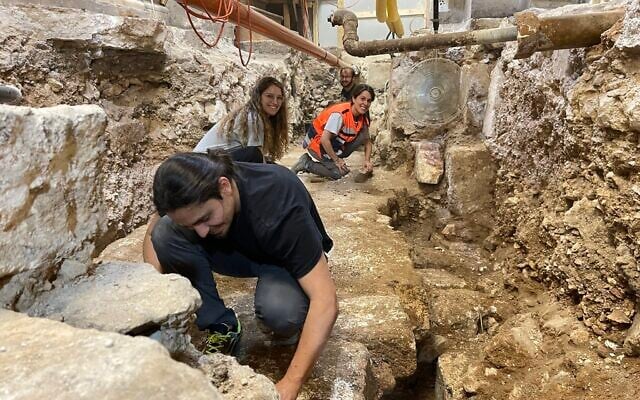
Professor Stasolla clarified that while the area was outside the main city during the time of Jesus, by the 2nd century CE, under Emperor Hadrian, it had become part of the Roman city of Aelia Capitolina. Earlier findings from the excavation also include pottery, lamps, and other everyday objects dating back to the Iron Age (1200-586 BCE), indicating the long history of human activity at the site, which was once a quarry before being used for agriculture and later as a burial ground.
Notably, archaeologists also unearthed low stone walls that appear to have demarcated garden plots. This discovery further bolsters the Gospel of John’s description of a garden in the vicinity of Jesus’ crucifixion and burial.
In addition to the botanical evidence, the team has uncovered a circular marble base beneath the Edicule, the shrine that currently encloses the traditional site of Jesus’ tomb. Professor Stasolla believes this could be part of the original monumentalization of the tomb dating back to the 4th century, during the reign of Constantine, the first Christian Roman emperor who built the first church on the site in 335 CE. Historical depictions from the 5th and 6th centuries also portray a circular structure. Geological analysis is being conducted to determine the origin of the marble and the mortar used.
Other significant finds include a hoard of coins from the 4th century CE and hundreds of animal bones, offering insights into the diet of those who lived and visited the holy site over the centuries.
Despite the compelling evidence unearthed, Professor Stasolla emphasized the importance of distinguishing between faith and historical inquiry. “However, it is the faith of those who have believed in the holiness of this site for millennia that has allowed it to exist and transform,” she stated. “The real treasure we are revealing is the history of the people who made this site what it is by expressing their faith here.”
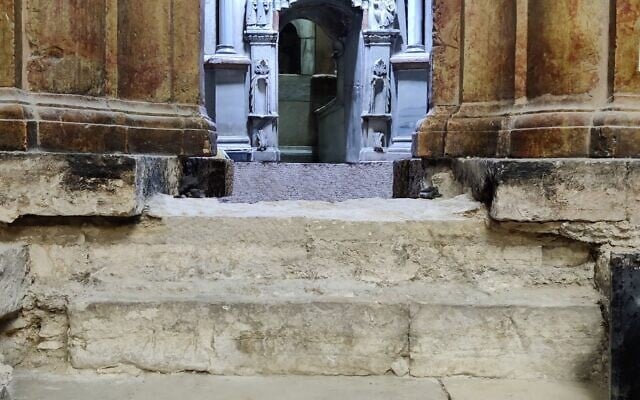
The comprehensive scientific documentation of all findings, including approximately 100,000 pottery fragments, is anticipated to take several years. Nevertheless, the current discoveries provide significant corroboration for the New Testament’s depiction of the landscape surrounding one of Christianity’s most sacred sites.
This archaeological endeavor not only enhances our understanding of the historical landscape of Jerusalem but also reinforces the connection between faith and the physical remnants of the past, marking a significant milestone in the ongoing exploration of biblical history.
Cover Image Credit: Church of the Holy Sepulchre in Jerusalem. Credit: Gerd Eichmann/CC BY-SA 4.0

